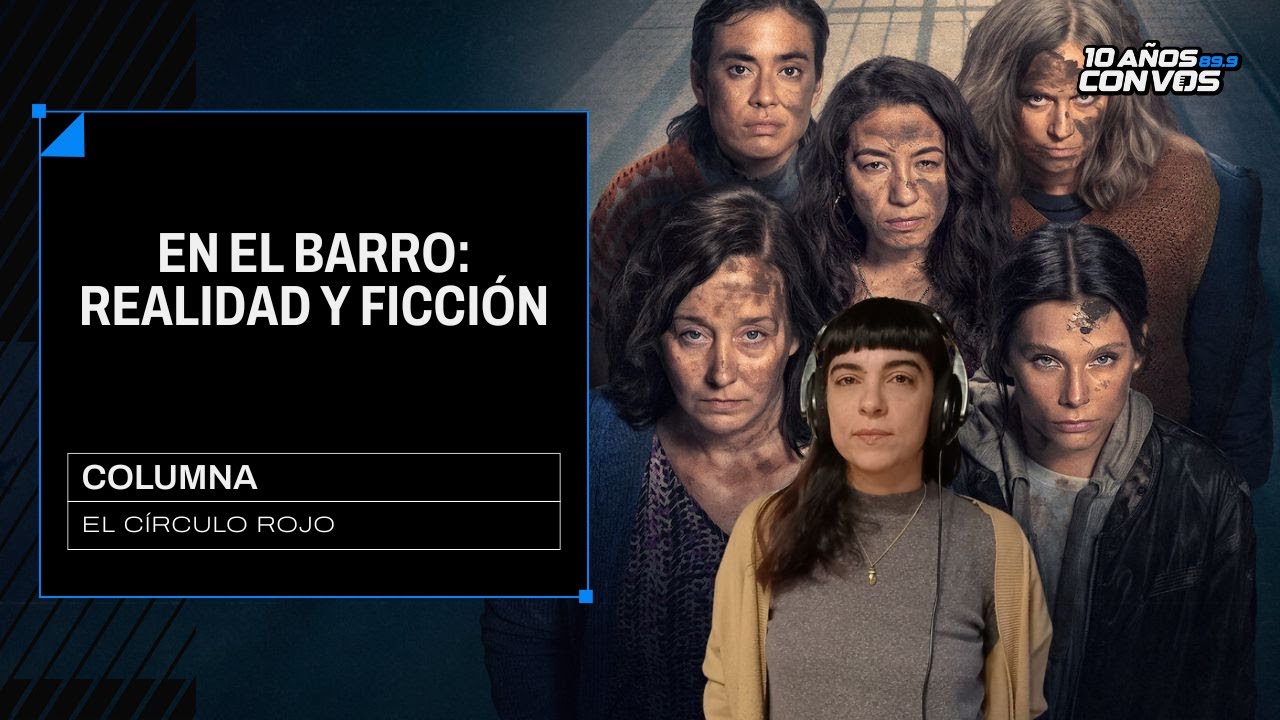
· On August 14, “in the mud”, spin-off of El Marginal (also produced by Sebastián Ortega). It was among the most viewed series globally in Netflix the week of the premiere.
In the cast of In the mud There are Ana Garibaldi (who plays Gladys Guerra, Widow of Borges, the character of El Marginal played by Claudio Rissi), Juana Molina (Piquito), Lorena Vega (La Zurda), Cecilia Rosetto (María), Rita Cortese as the director and Marcelo Subiotto as the doctor of the prison. It is one of the forts of the series.
· In In the mudthe villains are the police, the prison directors fighting for a position in the governor’s cabinet that aspires to president. There is corruption, friends who facilitate business, baby traffic, abuse of power of institutions, officials.
· Also show some life problems in prisons, gender inequalities, how many women who are detained remain alone and their families disintegrate. Topics such as parenting appear, keep families outside, macho violence, the place of women in drug trafficking, trans people.
· History loses strength in some common places. Several scenes have something of the genus of “exploitation” or morbidity that mix sex, violence and several prejudices.
Ways to show, ways of looking
· A group of inmates creates content for Onlyfans and prostitution profiles as a way of generating income for their families. In itself it is not problematic but in almost all episodes there is a moment dedicated to showing women with dilts, half -naked, simulating lesbian relationships, sexual encounters with men in the prison. These women are beautiful, skinny, young, are hegemonic.
· In In the mud There are lesbian couples but we don’t see them having sex. There is even a marriage, it shows in a positive and loving way but lesbians are sympathetic not sexy.
· The scenes of sexual violence, abuse, macho violence are shown erotically. The center of those scenes are women, their bodies, and not the male that abuses.
· Why is a series that is not especially macho or conservative falls into those common places?
The male look
· There is something that the theoretical of feminist cinema Laura Mulvey defined as “male look” (it is also mentioned as “Male Gaze” in English) in a 1975 essay “visual pleasure and narrative cinema.” In the text, Mulve says: “The image of women as raw material (passive) for the man’s (active) look even more brings the argument to the structure of the representation, adding a new stratum that is demanded by the ideology of the patriarchal order.”
· It is not something that feminists indicated exclusively. A few years before, in 1972 the art historian John Berger in “ways of looking” explained that Western art put women in the place of observed by male spectators and that that reinforced the patriarchal narrative.
· Laura Mulvey explains how mainstream audiovisual production is molded by that look and shows in details such as those mentioned above:
· Sexualized women express beauty standards. Fat women do not use Onlyfan, old women have no sex.
· Sexualization is designed for male consumption (including lesbian sex). They are scenes designed so that the viewer thinks “I miss.”
· Those that do not meet these standards are the others: mothers, crazy, lesbians.
Look and think other stories
· The criticism of the “male look” is not the one who enjoys, it is not moralizing, it is a political and cultural observation.
· Why is it interesting to understand and discuss it? Because it expresses a lot about what happens on our side of the screen. Perpetuates beauty standards, reinforces reification, reproduces stereotypes and prejudices.
· In the mud It is not the only contemporary Argentine production on women’s prisons. Leonardo Oyola’s ultra tomb tells a love story that breaks all prison codes in the middle of a power struggle within the prison unit known as the pig. You can always think of a different story.
Source: www.laizquierdadiario.com

